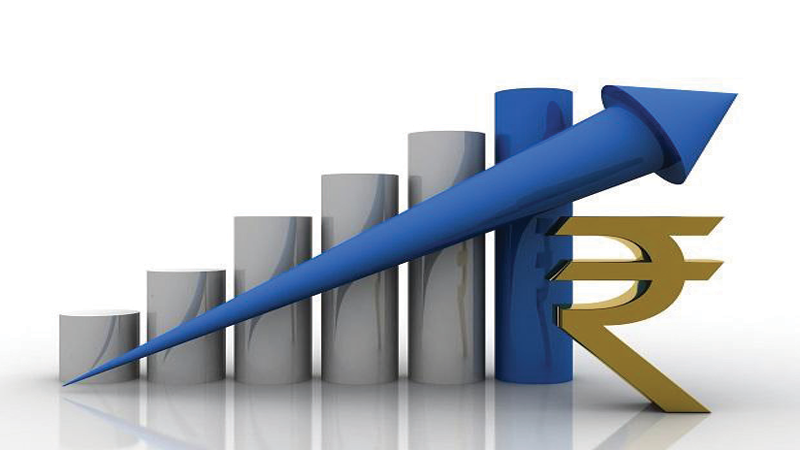The Central Statistical Office (CSO), which is responsible for releasing official GDP data, has released official back series of the 2011-12 GDP series up to 2004-05 on November 29, 2018. These numbers will allow the comparison of economic performance under the Modi government with the Congress led United Progressive Alliance (UPA) government, which was in office from 2004 to 2014. The big take away from the numbers is that the economy has performed much better under the present government. Compound annual growth rate (CAGR) of GDP at market prices (2011-12 series) was 7.3% between 2014-15 and 2017-18, higher than the 6.7% and 6.4% between 2004-05 and 2009-10 (UPA I) and between 2009-10 and 2013-14 (UPA II). This is a departure from the wisdom based on old GDP series (2004-05), which showed the economy booming under UPA I . According to the old series, CAGR of GDP at market prices was 8% and 6.6% under the UPA I and UPA II.
These estimates are a revision over the ones given by a committee formed by the National Statistical Commission (NSC) in August, which showed that the Indian economy actually touched double digit growth in 2006-07 under the UPA I government. The NSC’s estimates were “not as per the methodology recommended by the United Nations System of National Accounts, 2008” which is the internationally accepted methodology for compiling GDP estimates, Niti Aayog said.
“The revised data for 2004-05 – 2011-12, that is based on 2011-12 base year is a significant improvement both in terms of coverage and methodology. The new series, with its supporting back series, is internationally comparable and in sync with the UN Standard National Account 2008…The recalibration exercise led to a change in growth rates in back series and our methodology was checked twice by renowned statisticians.


